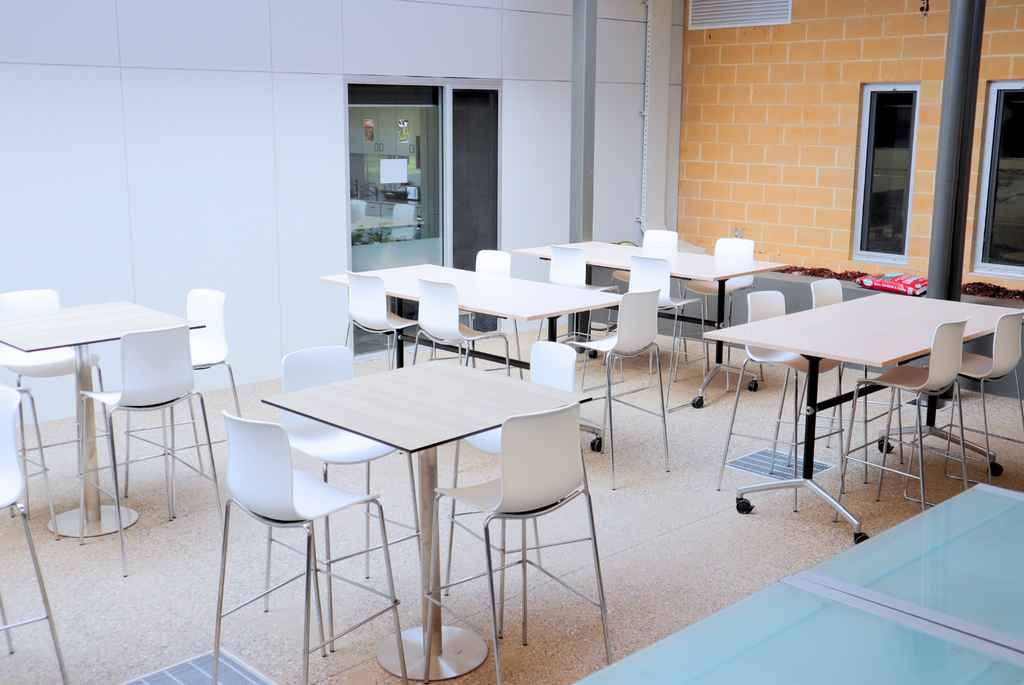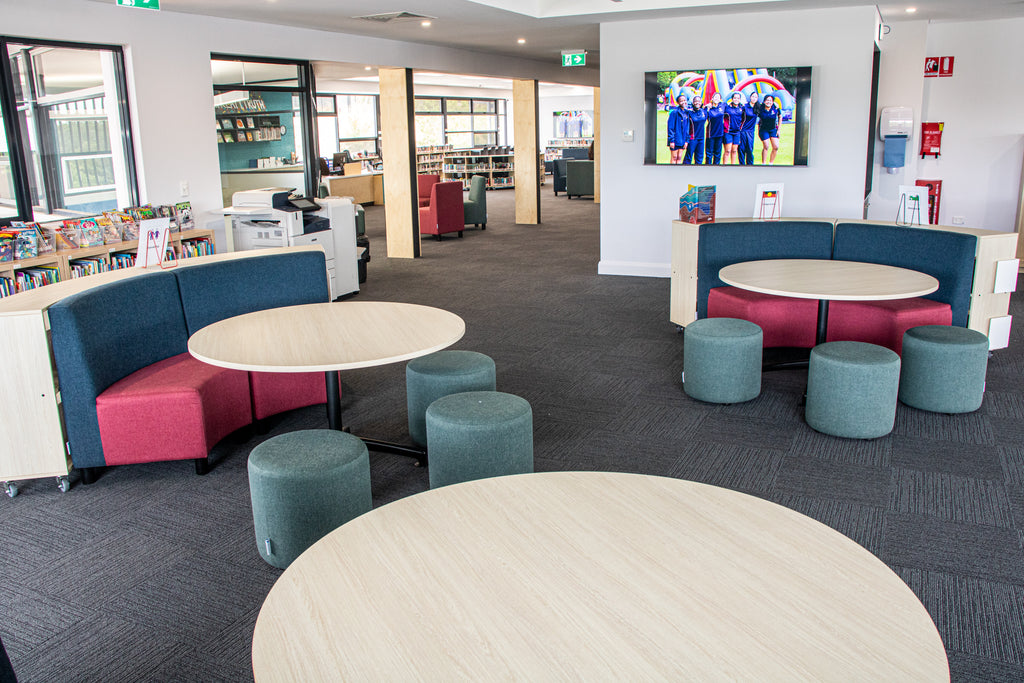How to Improve Student Learning with Active Classroom Design
Every educational institution wants to improve educational outcomes in and out of the classroom. The way to achieve this remains an object of continuing debate and research. According to academic studies, a student’s academic success is influenced by many factors, including socioeconomic background, personal motivation and influence of different teaching styles. Together, these factors impact a student’s ability to achieve academic success.
There is, however, another factor that schools need to look at — classroom design. After all, students spend most of their time inside the classroom. And it’s no longer a question of if the class environment affects learning but how and how much it affects the learning outcomes of students.
The traditional layout — a teacher’s desk in front of rows of student chairs and desks made from natural wood — is a teacher-centred classroom furniture arrangement. Students take a more passive role, sitting still during lessons. The environment doesn’t allow them to be very collaborative or interactive with each other.
Also, the traditional classroom layout doesn’t consider the fact that students learn in different ways. For instance, some students with ADD and ADHD participate better if they are given choices with how they want to complete a class activity. Group strategies and paired learning are often more effective for them. But the traditional classroom environment makes it difficult for teachers to switch things up when they feel they need to.
So today, we’ll discuss the environmental features that can improve learning and engagement in the classroom. Let’s tackle the ideal classroom design and environment for today’s generation of students:

Classroom Design
Again, one of the factors that is underemphasised or often overlooked is the impact of classroom design. Studies have shown that factors in a classroom setting can affect attention, retention, motivation and academic achievement. Active engagement in the classroom is recognised as a probable predictor of a student’s academic achievement. Based on studies by universities, classrooms that are strategically designed to support active learning increased student engagement compared to classrooms with traditional layouts. So, what can you do to make your classroom design more conducive to active learning? Here are a few simple ways to achieve a more collaborative, active classroom:
- Stay flexible. Make sure that teachers can easily re-arrange the classroom layout to support the students’ learning goal for the day. Replace wooden desks and chairs with modern and moveable classroom furniture, such as stackable chairs and sit-stand desks. Anything that gets students out of their seats and lets them move around with their classmates promotes an active classroom.
- Increase interactivity. With the traditional classroom set-up, only a few students at the front actively participate in the lessons. Many students are passive listeners or completely disengaged. Get rid of the rows and choose roundtable or horseshoe or semi-circle set-up, instead. Make the layout easier for students to chip in and be more interactive with the teacher and with each other.
- Give students a choice. Create zones where students can choose to stay alone or with a partner or groupmates and complete an activity. Some students thrive when they’re left alone, while others perform better when they’re working with others — the important thing is, you give them a choice.
Classroom Environment
Classroom design is critical for effective learning. To develop a successful classroom design, you must find the balance between learning styles and teaching methods. For example, if the teaching method employs collaborative thinking, students must be placed in group assignments that encourage teamwork and cooperation.
Classrooms should be designed such that they provide the spaces needed for students to separate into groups and communicate with one another. A classroom design conducive for collaboration not only stimulates students to engage, but also participate.
And again, choice plays a key role in creating a successful classroom environment. Besides giving them a choice on how they want to learn and participate in class, let them decide on their learning environment, as well. Ask them about which classroom layout, paint colour and decors best suit their class. Consider a school project on classroom design at the start of the school year and see how your students respond.
Classroom Acoustics
A classroom’s sound levels, temperature and lighting are also critical to a classroom’s overall design. To find a suitable sound level in your classroom, background noise must be minimised. You can also adjust sound levels by adding notice boards, baffle boards or soft furniture.
Temperature Levels
Temperature affects a student’s level of focus and concentration. An ideal classroom temperature and a sufficient supply of fresh air help keeps students alert, whereas poor temperature levels may lead to irritation, drowsiness and loss of concentration. To achieve optimal attentiveness, students must be comfortable with the room temperature at all times. In rooms without local control of the thermostat, space heaters, air-conditioning units or fans can help regulate the temperature.
If there’s an air quality issue in the classroom, consider decorating the space with plants. Indoor plants improve air quality and brighten up the room.
Classroom Lighting
There is no alternative to natural light when it comes to ideal lighting. However, if sunlight is limited, make sure that there’s sufficient artificial light. Proper lighting allows for better concentration and prevents eye strain. When choosing suitable lighting, consider the changes and variations needed to create different learning experiences. For instance, in a science classroom, incandescent or adjustable lighting for a dim environment may be required for some experiments. Also, students with sensory issues may find the buzzing or flickering of fluorescent lights distracting. You can use lamps with natural light bulbs, instead.
Classroom Furniture
Consider finding furniture that will not only provide comfort, but also provide an enhanced learning experience. Collaborative furniture that can easily be re-arranged and connected with each other motivates engagement, communication and collaboration. And flexible seating options, such as bean bag chairs, standing desks, individual workstations and sofas and couches, can give students a feeling of ownership.
Officeline provides modern and functional classroom chairs in Australia. We offer the Eduflex™ Collaborative Trapeziodal Table designed to facilitate and support group collaboration. We also carry the Eduflex™ Quadrum Pod that is designed for educational areas where students can interact and relax.
Our chairs are available as one-piece units or with a range of base options that are built to provide maximum comfort and enhance the overall learning experience. For more information on our supplies of classroom furniture, call 1800 333 116.
- Tags: Classroom Design
- Kendall Broun







